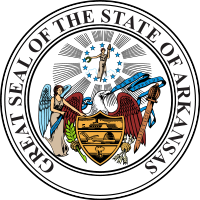Great Expectations for Maine's SanfordNet Fiber; Completion Slated for This Fall
SanfordNet Fiber, considered the largest fiber optic community network in Maine to date, is under construction and expected to be completed late in 2019. The project recently attracted the attention of WGME, who profiled the community and the investment as part of their “Working Solutions” segment.
Check out the video at WGME's website.
Taking Control in Maine
Reporter David Singer visited Sanford and nearby Millinocket to talk with business owners and economic development experts in both communities. Sanford, centrally located in the geographic center of southern Maine, was not connected to the Three Ring Binder, the state fiber optic network developed with funding from the American Recovery and Reinvestment Act (ARRA) during the Obama administration. "11,000 miles of fiber were strung up and down Maine but not in Sanford -- 10 miles to our east, 10 miles to our south,” said Jim Nimon, Executive Director of the Sanford Regional Economic Growth Council.
Rather than be left behind, the community of approximately 21,000 people decided that they needed to act on their own and pursue what has become known in the area as the “fourth ring.” Sanford’s project will emulate other projects in the state, and use the “Maine model.” The city is deploying the infrastructure and will work with private ISP GWI to bring gigabit connectivity to local businesses. GWI is a tested partner and will operate the network, having established a similar arrangement with Rockport. You can learn more about the “Maine model” in this conversation with GWI’s Fletcher Kittredge from episode 176 of the Community Broadband Bits podcast in 2015.




 Even though large incumbent ISPs have collected federal grant funding in the past, deployment in Arkansas has been inadequate to connect all Arkansans. According to the FCC, connectivity to households is
Even though large incumbent ISPs have collected federal grant funding in the past, deployment in Arkansas has been inadequate to connect all Arkansans. According to the FCC, connectivity to households is